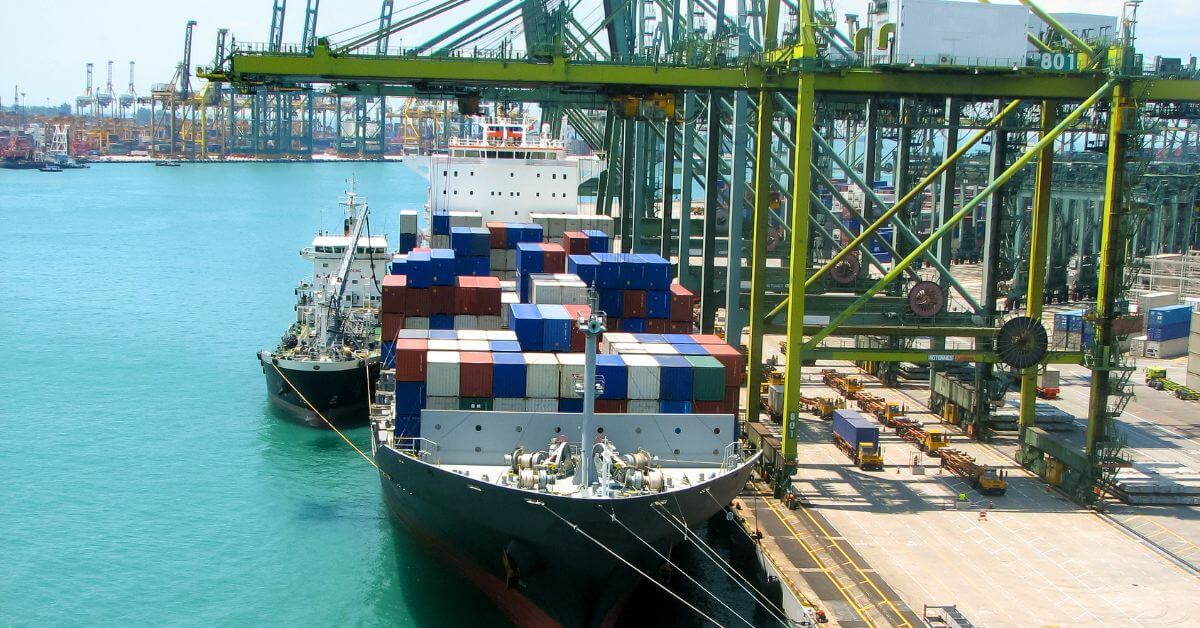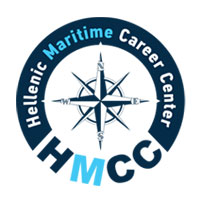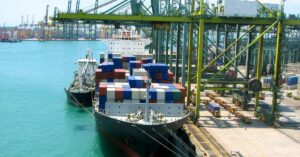
U.S. Coast Guard’s Largest Cutter Returns To Seattle After 129-Day Arctic Mission
November 1, 2025
Oil Tanker Catches Fire After Ukrainian Drone Strike On Russia’s Black Sea Oil Terminal
November 3, 2025

MPA issued Port Circular 13/2025 which supersedes Port Marine Circular No. 06 of 2023.
Bunkering related oil spills are generally due to operational lapses and could be prevented if all the necessary precautions are taken. All vessels that are supplying and receiving bunkers in the Port of Singapore are reminded to observe the preventive measures during bunkering operations as stipulated in Annex A. In addition, agree, check and complete the bunkering checklist and /post-incident tank volumes in Annexes B and C, respectively.
MPA would also like to draw the attention of ship masters and bunker craft operators to Regulation 7 of the Prevention of Pollution of the Sea Act which states the following:
Prohibition of discharge of oil and oily mixtures from ships
If any discharge of oil or oily mixture occurs from a Singapore ship into any part of the sea or from any ship into Singapore waters, the master, the owner and the agent of the ship shall each be guilty of an offence and shall each be liable on conviction to a fine of not less than $1,000 and not more than $1 million or to imprisonment for a term not exceeding 2 years or to both.
Any incidents related to bunkering operations including bunker oil pollution shall be reported immediately to the Marine Safety Control Centre (Tel: /2489, VHF Ch 07).
Please note that preventive measures in this circular are not exhaustive. The master and crew are still fully responsible for preventing any oil spills that may occur during bunkering operations, including those resulting from causes not included in the checklist above.
PREVENTIVE MEASURES TO BE OBSERVED FOR BUNKERING OPERATIONS
1. Both bunker tanker and receiving vessel are to be securely moored taking into consideration the prevailing and expected sea/weather conditions. Moorings are to be tended to promptly throughout the entire operation.
2. Vessel at anchor shall ensure that a safe anchor watch is maintained and ensure that sufficient crew members are always available to attend to any emergencies.
3. The entire bunkering operation is to be supervised by a responsible person (i.e. Marine Engineering Officers).
4. During the entire bunkering operation, the mooring lines are to be regularly inspected and adjusted as necessary, supervised by a responsible deck officer.
5. An effective and reliable communication line is to be used and agreed between both bunker tanker and receiving vessel. (Alternatively, if the main communication fails on either ship, the agreed emergency signal is to be sounded and all bunkering operations are to be suspended immediately).
6. Prior to the commencement of bunkering operation, the maximum pumping rate and maximum pressure including starting and topping-up rate must be agreed upon by both bunker tanker and receiving vessel.
7. The emergency shut-down procedure is to be agreed upon by both vessels prior to the commencement of bunkering operation.
8. The bunker hoses/arms are to be in good condition and properly rigged and securely connected.
9. Before commencement of bunkering operation, the receiving vessel shall ensure the following:
a. All overboard discharge scuppers are to be effectively plugged and drip trays of adequate size are to be placed in position.
b. The cargo and bunker connections when not in use are to be securely blanked off.
10. During the entire bunkering operation, there should be sufficient personnel onboard in a state of readiness to deal with any emergency, including the use of main engine for unmooring should the need arises.
11. No other operation involving internal transfer of bunker is to be carried out onboard either
vessel.
12. Firefighting, oil spill response equipment and dispersant are to be ready for immediate use.
13. A person should be in constant attendance at both the delivery and receiving hose connection during the bunkering operation.
14. A safe access between the bunker tanker and receiving vessel is to be provided. Personnel accessing between the vessels must wear appropriate personal protective equipment.
15. Day/night signal is to be exhibited clearly.
16. The receiving vessel shall gauge all fuel tanks before bunkering, declare the ROB in Annex C (part 1) (signed by Master and Chief Engineer)
17. In any bunkering-related incident, including oil pollution, both vessels shall stop bunkering operation, initiate spill clean measures, and report immediately to the Marine Safety Control Centre (Tel: 6325-2488/2489, VHF Ch 07). The Master of the receiving vessel shall complete Annex C (part 2), retrieve the bunker metering ticket, and submit it to pms@mpa.gov.sg expeditiously, no later than 1 hour from the time of the incident.
18. For more detailed guidelines, refer to the Bunkering Pre-Delivery Safety Checklist as stated in Code of practice for bunker mass flow metering (SS 648) published by Enterprise Singapore as amended from time to time.
Press Release
Source: Maritime Shipping News


